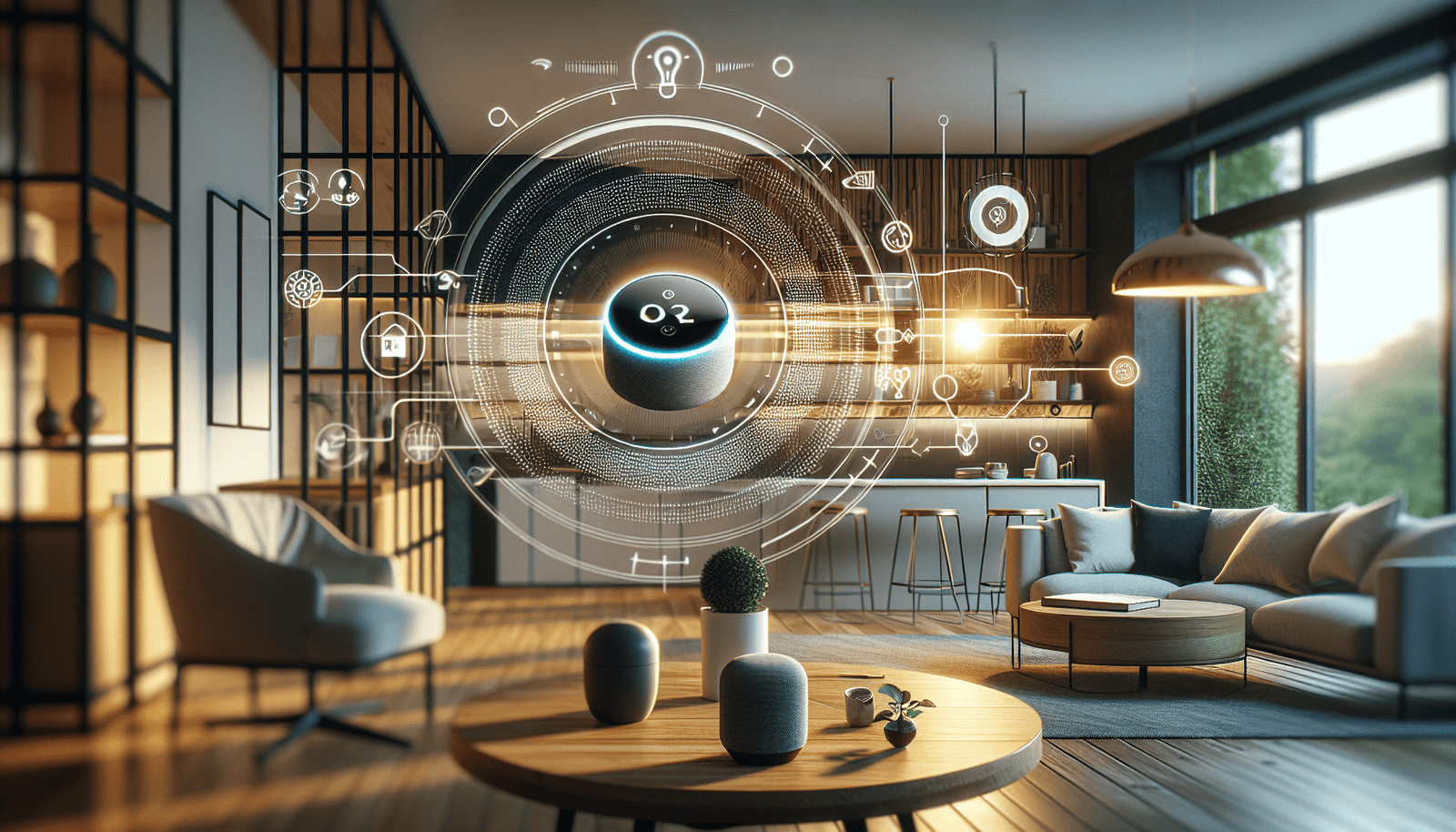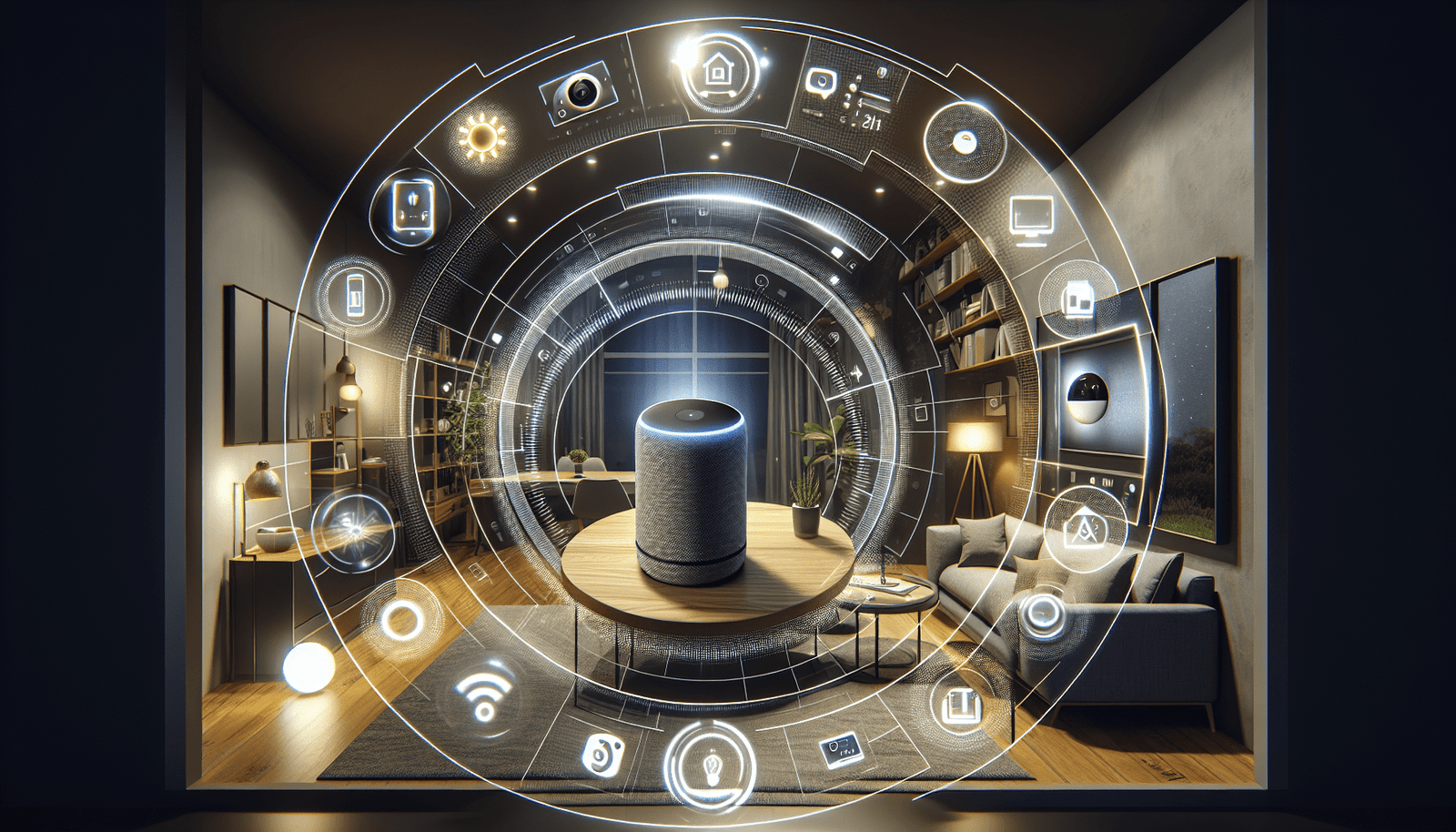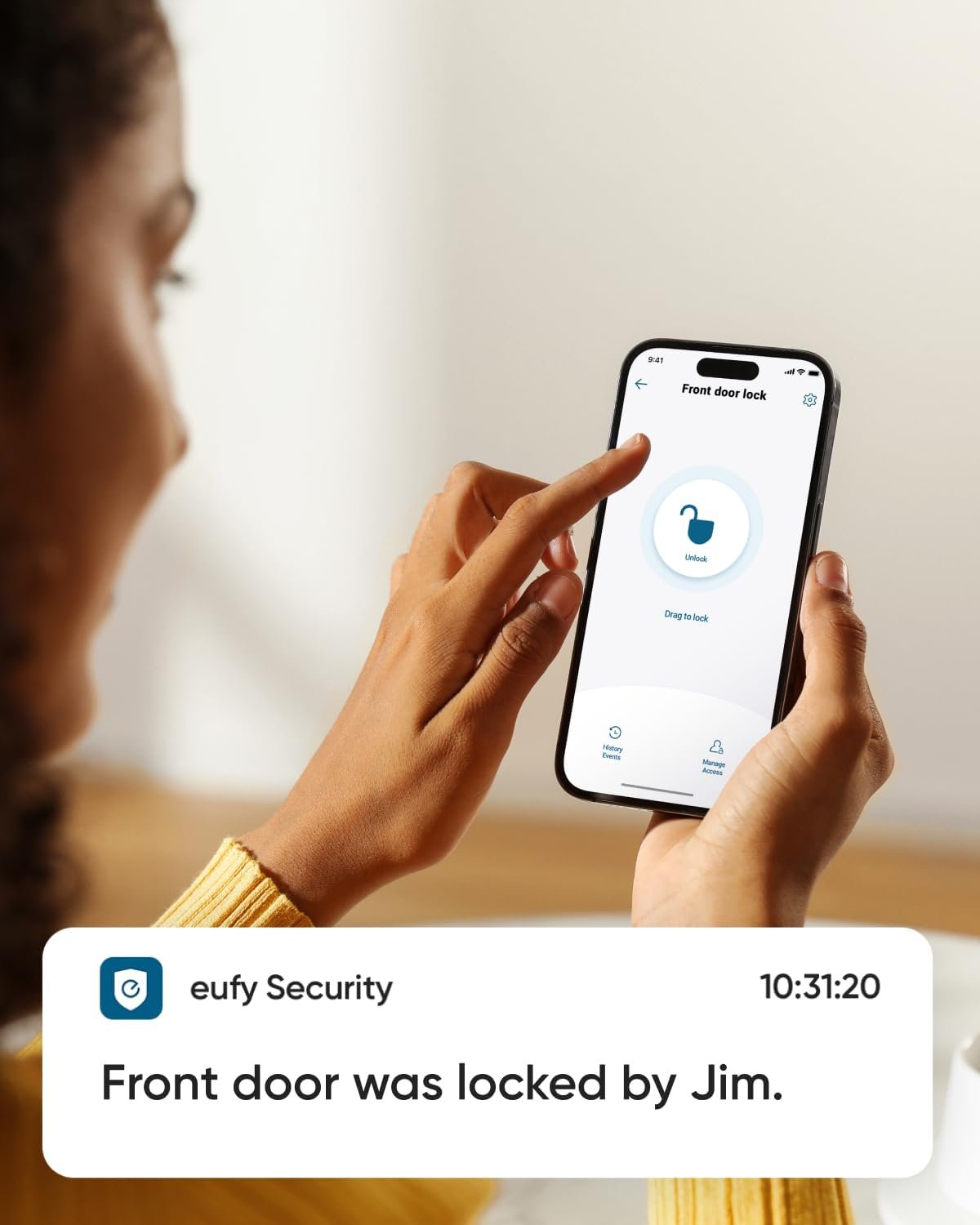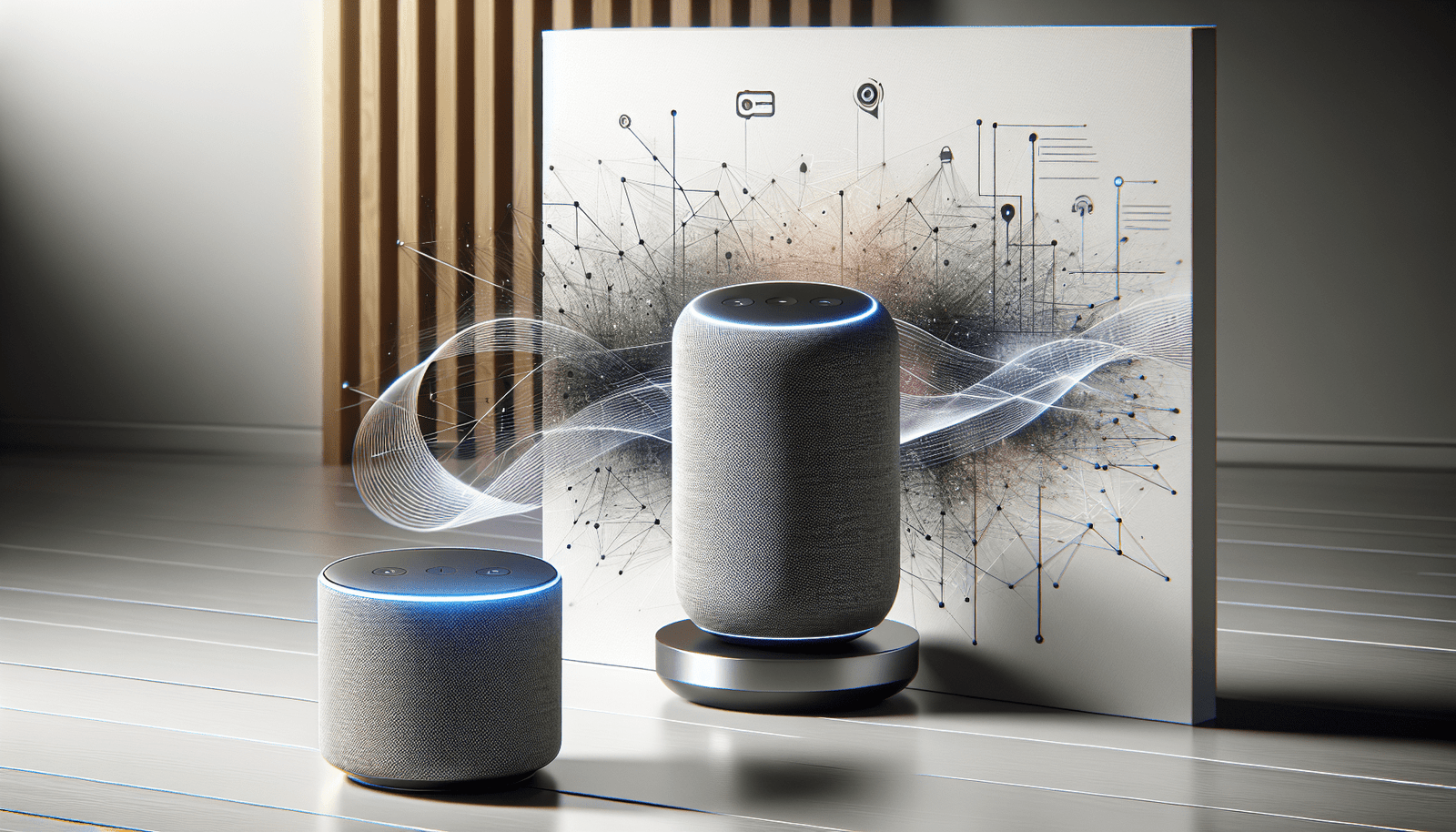Have you ever pondered whether making your home smarter could boost its market value? With the rise of technology, many homeowners and potential buyers are curious about the influence of smart home systems on investment returns. This consideration is especially pertinent for those of you eyeing an upgrade with your next renovation project or real estate investment.
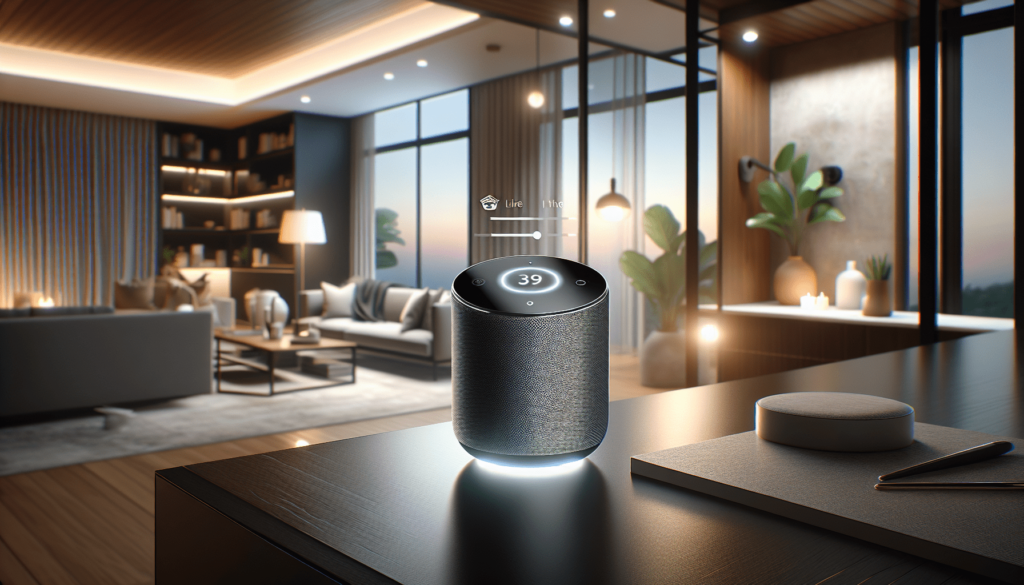
Understanding Smart Home Technology
What Is a Smart Home?
A smart home uses internet-connected devices to enable remote management and monitoring of systems and appliances such as lighting, heating, security cameras, and even refrigerators. Essentially, these advancements allow you to control various functions via your smartphone or computer, providing a more interactive and convenient living experience.
Popular Smart Home Devices
The sheer variety of devices available can be overwhelming. To give you an idea, dominant players in the smart home market include:
- Smart Thermostats: Automate your home’s heating and cooling based on your routine.
- Smart Lights: Manage your lighting systems remotely or set automated schedules.
- Security Cameras/Systems: Monitor your home via video feeds and alerts.
- Smart Locks: Provide remote access or scheduled locking for your doors.
- Voice Assistants: Use devices like Amazon Echo or Google Nest for voice control over connected devices.
These devices can drastically improve your home’s comfort, energy efficiency, and security, potentially making your property more appealing to buyers.
Cost and Value Considerations
Financial Outlay and Economic Benefits
While integrating smart technology in your home requires an initial investment, it often results in considerable savings and value additions over time. Here’s a breakdown of potential costs:
| Smart Device Type | Estimated Cost (USD) | Potential Savings/Benefits |
|---|---|---|
| Smart Thermostat | $100 – $250 | Energy cost savings; reported 10-20% reduction annually |
| Smart Lights | $15 – $200 per bulb | Reduced electricity bills; enhanced home ambiance |
| Security Systems | $100 – $500+ | Increased home security; potential reduction in insurance costs |
| Smart Locks | $100 – $300 | Convenience and better security |
| Voice Assistants | $50 – $200 | Improved convenience and integration with other devices |
Return on Investment
Attaching smart devices to your home could increase its resale value by around 5%. Furthermore, the net gain isn’t only from energy savings but includes enhanced security and an increased ‘wow’ factor for potential homebuyers. For those of you keen on energy efficiency, a smart thermostat can reduce heating and cooling bills by up to 23%.
Comparisons and Examples
Real-World Smart Home Applications
Let’s take a closer look at some real-world scenarios that demonstrate the power of smart homes.
- Smart Energy Management: John installed a smart thermostat and reports saving roughly $150 annually on his energy bills, making his home attractive for energy-conscious buyers.
- Enhanced Security: Sarah upgraded her home with smart locks and cameras. When she sold her house, potential buyers valued these additions, which helped her achieve her asking price more quickly.
Comparing Device Options
Not all smart devices are alike, even if they serve similar functions. Here’s a comparative glance at a couple of popular devices:
| Feature | Google Nest Thermostat | Ecobee Smart Thermostat |
|---|---|---|
| Voice Control | Google Assistant | Amazon Alexa and Google Assistant |
| Sensors | Motion and temperature | Motion, temperature, and occupancy |
| Smart Integration | Requires Google ecosystem | Wide range of integrations |
| Price Range | $129 – $249 | $149 – $249 |
This comparison highlights just how vital it is to choose the right devices based on your existing home systems and the smart ecosystem you prefer.
Practical Setup Guides
Installing and Integrating Smart Devices
The good news is that setting up smart home devices can often be a straightforward do-it-yourself project. Here’s a quick checklist to help guide you through the process:
- Research: Identify what functionalities are most important for your home.
- Compatibility Check: Make sure new devices will integrate with your existing systems or the ones you plan to use.
- Installation: Most devices come with user-friendly manuals allowing for easy installation.
- Security Setup: Establish strong passwords and encryption to safeguard your network.
- Routine Maintenance: Regularly update software and check device health.
Tips for Non-permanent Smart Home Solutions
If you’re renting, or prefer non-invasive upgrades, consider plug-and-play devices like smart plugs, portable smart speakers, or renter-friendly security systems like doorbell cameras.

Security and Privacy Factors
Understanding the Risks
The potential for data breaches is a concern when it comes to smart homes. Here are a few practical steps you can take to ensure your devices are secure:
- Strong Passwords: Use unique, complex passwords for each device.
- Secure Network: Make sure your Wi-Fi network is encrypted and hides its SSID (Service Set Identifier).
- Regular Software Updates: Manufacturers often release updates to fix security vulnerabilities.
Safety Features and Best Practices
Selecting devices with robust safety features can prevent unauthorized access, such as two-factor authentication and activity alerts. Also, always ensure you purchase from reputable brands.
Energy Efficiency and Sustainability
Advantages of Smarter Energy Use
Smart devices enhance your ability to monitor and control your energy consumption. Beyond just cost savings, these innovations contribute to a greener planet by minimizing wastefulness and optimizing energy efficiency.
How Smart Homes Support Sustainability Goals
Transitioning to a smart home could help achieve sustainability targets by:
- Reducing carbon footprints with energy-efficient appliances.
- Introducing timed lighting systems to optimize usage.
- Integrating solar panels with smart storage solutions.
Compatibility and Connectivity
Platform and Ecosystem Support
When choosing smart home devices, ensure they integrate seamlessly into a unified system. Popular ecosystems include:
- Apple HomeKit
- Google Home
- Amazon Alexa
The key is to look for devices labeled with compatibility to these platforms, ensuring effortless connectivity.
Achieving Cohesive Interactions
Opt for devices that work together, allowing you to create automation ‘scenes’; this could be as simple as setting every device to a ‘bedtime mode’ with a single command.
Future-Proofing and Innovation
Staying Ahead with Emerging Trends
Technology is ever-evolving, and it’s wise to keep abreast of emerging trends. Consider the following forward-looking innovations:
- 5G Networks: Offering faster, more reliable connections, essential for multiple devices.
- AI-Driven Automation: Artificial intelligence that predicts your habits and adjusts scenarios to match.
- Enhanced Interconnectivity: New protocols increasing cross-compatibility between devices from different brands.
Innovation in Smart Devices
Devices are increasing in diversity and sophistication, from smart mirrors that update you with daily news, to intelligent refrigerators that notify you of expiry dates for stored goods.
Does It Make Sense for You?
Determining Your Requirements
Consider the following before integrating smart technology into your home:
- What problems are you trying to solve?
- What’s your budget?
- Which devices align with your daily needs?
- Will these devices provide value when selling your home?
By tackling these questions, you can decide if a smart home investment balances well within your lifestyle and financial plans.
Conclusion
Incorporating smart home technology could indeed provide a higher property value while also enhancing comfort and security for you and your family. The decision ultimately hinges on specific needs and objectives. Whether for convenience, safety, or a higher resale price, smart home capabilities present promising opportunities for optimizing modern living spaces.
